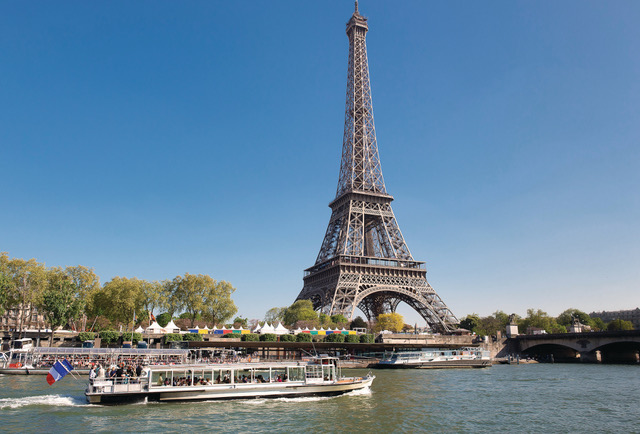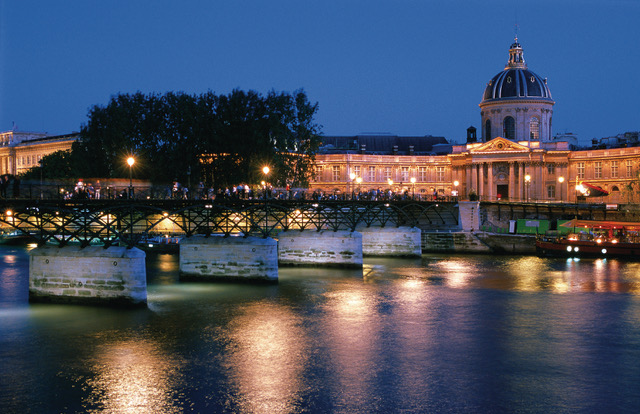Welcome to Paris!
- Download the final program of Paris 2019
- Below are the Tutorials presented at the 2019 Paris Conference
EUR19_02 – Motor Bus Transfer Tutorial
EUR19_07 – Protect your Cyber Assets and Keep them Safe
EUR19_09 – Description, Selection and Feedbacks of Use of MV VSD Technologies in Oil&Gas
EUR19_36 – Development of Digitization in Oil & Gas Engineering Processes
EUR19_38 – Big data in Operation: From use case to Insite
- During the Paris conference, presentations of the various papers were noted by the participants, thanks to the event application. You will find below the 5 best papers from these votes.
EUR19_15 – Integrated Moto Compressor versus Conventional Solution
EUR19_33 – Cloud-based technologies for secure, reliable and efficient energy supply
EUR19_17 – A Model-Driven Approach for Situational Intelligence & Operational Awareness
EUR19_22 – Effects of Arc-Back Fault in VSD Systems and How to Protect againts them
EUR19_32 – Lithium-ion Batteries for Explosive Atmosphere

The “City of Lights” welcomes seven million people each year. It is one of the most amazing places you will ever visit. It caters to everyone’s taste and you will never get bored.
Paris was founded in the third century BC on an island in the middle of the river Seine. In Roman times it expanded beyond the island and was named Lutetia. Today there are a few Gallo Roman ruins that can be visited (Arena of Lutetia, Baths of Cluny….), most of them located in the Latin Quarter (left bank of the Seine, the University district).
In the fifth century AD, the Franks, a Germanic tribe, overran the North of France and Paris first became a capital city.
In the Middle Ages Paris continued to expand and Notre Dame Cathedral was built. Paris grew as the capital of one of the most powerful kingdoms in Europe and remained an international city throughout the centuries.
Many of the great buildings date from the 17th and 18th centuries when the monarchy was at its peak. However around 1860, a radical city planner named Baron Haussmann opened up the old city with its narrow twisting streets. He designed a modern city crisscrossed by broad tree-lined boulevards flanked by spacious apartment buildings. This is the Paris we know today.
The Eiffel Tower was erected for the universal Exhibition of 1889 and quickly became the symbol of Paris.
Among the most famous landmarks, let us also mention the Arc de Triomphe with the tomb of the Unknown Soldier commemorating all the soldiers who fought for France during the First World War.

Paris is teeming with museums. The Louvre (10 million visitors in 2018) displays Egyptian, Greek, and Roman antiquities together with sculpture, painting, and decorative arts collections. There are also remnants of the original fortress with walls and towers dating back from the Middle Ages.
The Orsay Museum which was formerly a railway station boasts of a dazzling collection of 19th century artwork, particularly the Impressionist masterpieces.
But Paris also has a large modern business center on the western edge of town including the modern Arch of La Defense facing the older Arc de Triomphe at a distance of 4 km.
Visiting Paris should include certainly some fine cuisine, tickets for cabarets, musicals and shopping. Discovering Bohemian life on the hill of Montmartre, paying a visit to the Basilica of the Sacred Heart or just strolling along the banks and bridges of the River Seine can be gratifying experiences too.
All around Paris there are numerous other places of interest to be visited, including the stately Palace of Versailles, the Palace of Fontainebleau, and the Air and Space Museum (Le Bourget) where the Ariane rocket and two Concord planes are displayed.
